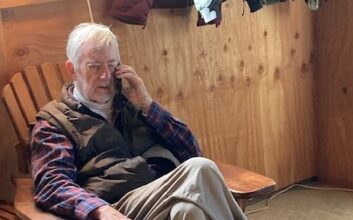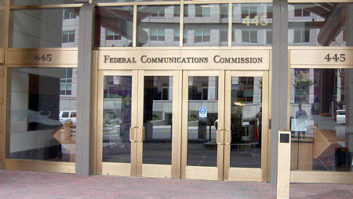Ben Dawson is former managing partner of Hatfield & Dawson Consulting Engineers and now a senior consultant to the firm. He is a recipient of the Radio Engineering Achievement Award from the National Association of Broadcasters.
This interview is excerpted from the ebook “Maximizing Your AM Infrastructure.”
Radio World: What technical changes could the FCC make to help U.S. AM stations that it has not already made? Is it realistic to think the commission will ever change nighttime and critical hours protection of Class A AMs?
Ben Dawson: The FCC has simply been derelict in not moving forward with most of the allocation changes proposed in the AM improvement rulemaking. FM translators are nice, but they don’t solve the basic allocation problems of AM stations attempting to make improvements or lower operating costs by changing sites or antenna configurations.

The change from 0 dB to 6 dB first-adjacent-channel protection in the previous rulemaking created enormous amounts of overlap, and using the 1 mV/m rather than 0.5 mV/m as the protected contour had already been the case under the previous version of §73.37, not to mention the power increase for Class C (Class IV to us old-timers) to 1 kW.
FEMA’s concerns for the Class A allocation standards were nearly paranoid, given the federal government’s powers in true emergency situations. But even if the Class A standards aren’t changed, the standards for all other stations should be.
Parenthetically, once digital transmission on the “medium-wave” begins to proliferate, the implications for allocation standards need study as well.
RW: It became easier for U.S. broadcasters to deploy MDCL 10 or 15 years ago. How widely has it been adopted?
Dawson: A modest percentage of users of modern high-power transmitters — 10 kW and above — have begun to employ MDCL. In the United States, the use of Amplitude Modulation Companding (AMC) with either 3 or 6 dB compression is essentially universal.
Although a few companies have discontinued its use at some stations based on putative fringe-area coverage issues, many others report no coverage issues. One user did make field tests and comparative recordings in a very low-signal area with important demographics and discontinued AMC as a result.
Modern audio processing has proven to be very beneficial to users of AMC, according to the reports we’ve received. And of course in areas where AC power is very costly, it results in significant savings.
In a few cases, MDCL has been used to reduce or eliminate voltage stress on old antenna systems (arcing and other VSWR cutbacks), since peak voltages with AMC are the same as peak carrier, substantially reduced from peak DSB modulation values.
[Here’s a link to the National Radio Systems Committee usage guidelines for AM modulation-dependent carrier level technology. –Ed.]
RW: What impact have you seen on AMs from increases in the land value of their tower sites?
Dawson: For the past decade or more, many licensees have found that AM antenna site real estate had substantial value and that the rate of return on that value was not competitive with other investments. This has led to consolidation by diplexing (and triplexing) operations of multiple stations on a single site, and to turning in the licenses of once significant AM stations. It has also led to sales of antenna towers and sites to tower management and development companies.
We expect these activities to continue, and it may be an industry benefit. Some stations have been able to make improvements in facilities because others have gone dark or reduced their frequency allocation footprint.
RW: How can stations determine if they are getting the best performance from their ground systems?
Dawson: It’s not well known, but it’s important information that many AM station ground systems are overkill.
The “120 ninety-degree radial” specification does not properly consider the actual requirement for a given ground system loss. The original ground system study from the 1930s that led to the erroneous specification was not evaluated properly by its authors but was taken as gospel without any corroboration.
Particularly at the low end of the AM band, where the radials would normally be physically long to meet the quarter-wave requirement, substantially less ground system is fully adequate in many cases. This is clearly shown in at least one standard reference “Radio Electronic Transmission Fundamentals” by Whit Griffith.
Determination of the condition of an existing ground system can be made by careful field strength measurements and analysis of them, and conditions around tower bases can be determined with a sharp shovel. A field strength meter can also be used to locate ground radial wires.







